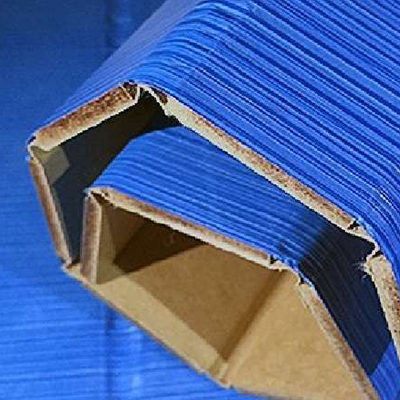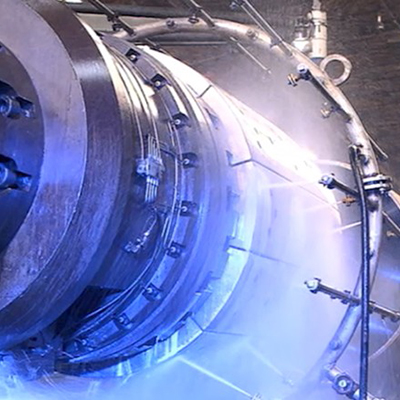Characteristics
Solvent-free, hydrocarbon-based anticorrosion oil of low viscosity. BRANOtect F builds a protective film on metal surfaces.
Application and Dosage
Mainly used as intermediate conservation, but also as final conservation for storage. With an appropriate packaging also for inter-Europe dispatching. Apply through dipping and draining, painting or spraying. Should the situation arise, let rest drain. Do not apply to hot parts.
BRANOtect F is to be used as described above (packaging/ protection of certain kinds of metal pieces). Otherwise, no responsibility for caused damages can be taken.
Range of Protection
For iron (steel, cast iron) and non-ferrous heavy metals (copper, brass, bronze).
Duration of Protection
Depending on the climate, the contamination level of the air and pollution condition of the metal surface. To be regarded as a starting point:
- In the right packing, indoors: 4 - 6 months
- Without packing, indoors: 3 - 5 months
Technical Details
| Density at + 20 °C: | 0,90 g/cm3 |
| Thickness of coating: | average 2 μm, depending on the condition of the surface |
| Nature of coating: | oily |
| Draining time: | several hours, depending on the form and size of the parts |
| Flash point: | > 100°C |
| Danger Classification (VbF): | none |
| Solvent base: | not mixable |
Compatibility
BRANOtect F does not affect most plastics, lacquer or elastomer.
Disposal
According to the German recycling and waste disposal laws (Kreislaufwirtschafts- und Abfallgesetzes), including the ordinances which go with them, used BRANOtect is a hazardous waste.
It can be supplied to suitable facilities for energy utilisation or disposal.
Delivery Forms
Containers of 15 litres.
Storage
Do not store in blazing sun; always keep containers closed.
Operation Safety
According to the hazard substance ordinance, BRANOtect F is not a dangerous preparation. Further in-formation can be found in the safety data sheet.
Depreservation
In general, removal of BRANOtect F protecting films before other me-chanical treatments, such as drill-ing, milling, revolving, and so on, is not necessary. However, the super-fluous oil must be removed before a surface shaping (galvanising, var-nishing). Moreover, all customary procedures in accord with the limits and requirements of the intended shaping process in the metal industry are appropriate.
The information given is in line with current state of knowledge. It′s non-binding and might have to be adjusted to meet local requirements. No liability is accepted for this information. Please contact us in case of doubt.





 滬公網(wǎng)安備31011702005477號
滬公網(wǎng)安備31011702005477號